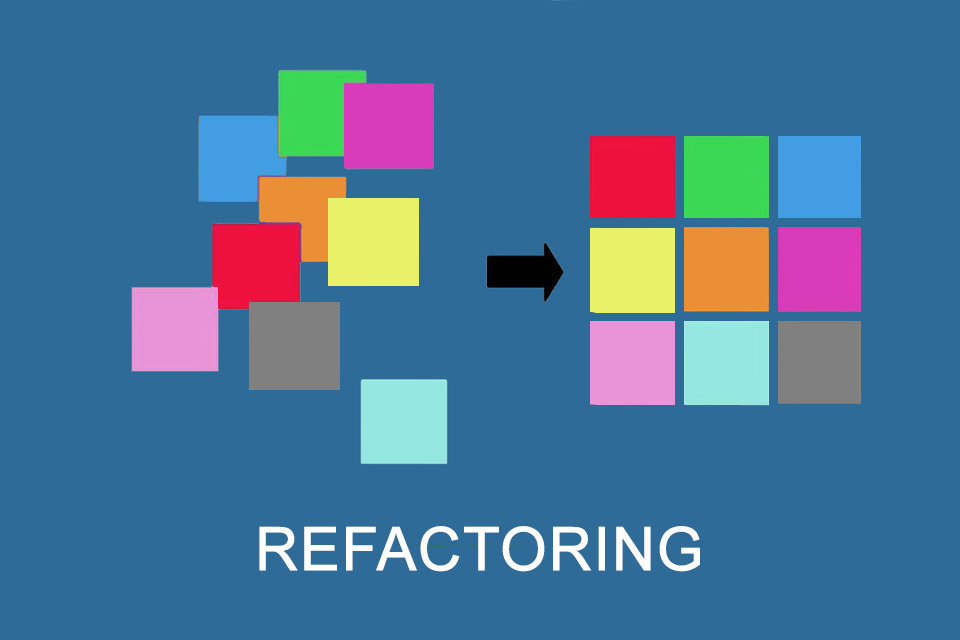What is Feature Freeze?
Feature freeze – focussing on features to be completed and stable specifications
There comes a point in every product development process when a decision has to be made as to which features should be tackled in the current iteration or realised in the current release. Although the development process is usually carefully planned, new ideas or requirements often emerge that could extend the scope of a release at short notice. A feature freeze sets a clear limit here: from this point onwards, no new features are started and no changes are made to the existing specifications. The team concentrates entirely on completing the features that have already been started and stabilising the product.
A feature freeze therefore means that all new ideas or features that have not yet been launched are put on hold for a later date. The specifications of the features already planned are frozen so that no further changes can be made. This creates clarity and enables the development team to go straight into implementation and coding without being distracted by new customisations or enhancements. The focus is now on finalising and optimising, testing and debugging the existing features to ensure that the product is delivered on time and to a high quality.
The purpose of a feature freeze is to stabilise the development process by defining the functional scope for a fixed period of time and clearly structuring further development. This leads to more efficient implementation and ensures that the product can be delivered on time without unnecessarily expanding the scope through subsequent changes. A feature freeze also enables better communication within the team, as it is clear to everyone involved what the focus is and which features need to be finalised before the release.
Advantages of a feature freeze
A feature freeze has numerous advantages that significantly improve and structure the development process. The biggest advantage is the creation of clarity and focus. From the moment features are frozen, the entire team knows exactly which features need to be finalised in the current iteration or planned release. There are no more new features that are suddenly prioritised and no ongoing changes to existing specifications that could disrupt the development process. This clarity allows developers to concentrate fully on finalising the features that have already been started without being distracted by new requirements.
Another advantage is the stabilisation of the project scope. In the dynamic phase before a feature freeze, new ideas or adjustments can quickly expand the scope of a project, which can lead to scope creep. [1] A feature freeze puts an end to this process as it sets a clear limit for new requirements. This not only provides more planning security, but also ensures that the project stays on time and within budget.
A feature freeze also makes a significant contribution to quality assurance. By focusing on the existing features, they can be thoroughly tested, optimised and freed from errors. Ideally, there is enough time to ensure that each feature works as intended and meets the defined specifications. By not making subsequent changes or enhancements, the risk of bugs that could arise from newly added functions is reduced. The result is a stable product that fulfils the quality requirements.
A feature freeze also promotes efficiency within the team. As the goal is clearly defined and no new features are added, the developers and testers can concentrate specifically on optimising and completing the existing functions. This leads to a smoother workflow, fewer interruptions and better collaboration within the team, as everyone is focussed on the same priorities.
Finally, a feature freeze also supports adherence to deadlines. By limiting the number of features, the scope of the project becomes manageable and more realistic schedules can be adhered to. This makes it easier to plan the release date and ensure that the product is delivered on time and with the promised features.
Challenges of a feature freeze
A feature freeze offers many advantages, but also brings with it some challenges that need to be carefully considered to ensure a smooth development process.
- During the feature freeze, it can be difficult to defer new requirements or ideas that are considered essential to a later release. This can be particularly problematic if the market or customers want to react quickly to new trends.
- Changes that become necessary during testing could affect the original feature specifications. However, as the specifications are frozen, there is a risk that necessary adjustments cannot be made or that the process is severely delayed.
- There is a risk that an inflexible feature freeze will result in a product that is no longer up-to-date or in line with the latest market requirements when it is delivered. This is particularly problematic for long-term projects.
What are the similarities and differences between design freeze and feature freeze?
The term feature freeze is often accompanied by the term design freeze. Here is a brief and concise overview of the similarities and differences between these two terms:
| Characteristic | Design Freeze | Feature Freeze |
|---|---|---|
| Focus | Stopping desing changes | Stopping the introduction of new features |
| Objective | Stability of the design | Stability of functionality |
| Timing | After the design phase | Shortly before the beta/release phase |
| Advantages | Clear design specifications | Better testability and optimisation |
| Challenges | Restriction of flexibility | No room for new functions |
In software development practice, a design freeze usually occurs first, followed by a feature freeze and finally a code freeze.
Impulse to discuss
How does a feature freeze take place in the context of agile software development?
If you like the article or would like to discuss it, please feel free to share it in your network. And if you have any comments, please do not hesitate to send us a message.
[1] In this context, there is also talk of feature creep. Feature creep is the constant addition of new functions to a product that unnecessarily increase the scope of the product without offering any real added value for the user. This process can have serious consequences for a product. Firstly, the constant addition of new features leads to the product becoming overloaded and losing clarity. It becomes increasingly difficult for the user to utilise the core functions as they have to wade through unnecessary options and settings. This significantly worsens the user experience as the product becomes more complicated and less intuitive and the original benefit is often lost in the abundance of unnecessary functions. In the context of software, this is referred to as bloatware.
Here you will find a nice comparison of design freeze, feature freeze and code freeze (in German).
Here you can find additional information from our Smartpedia section:



